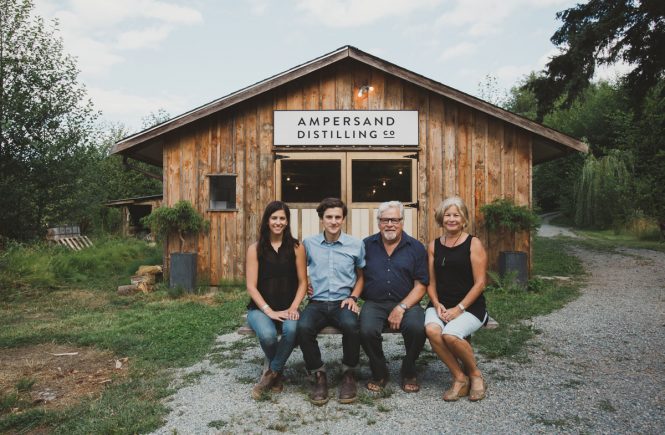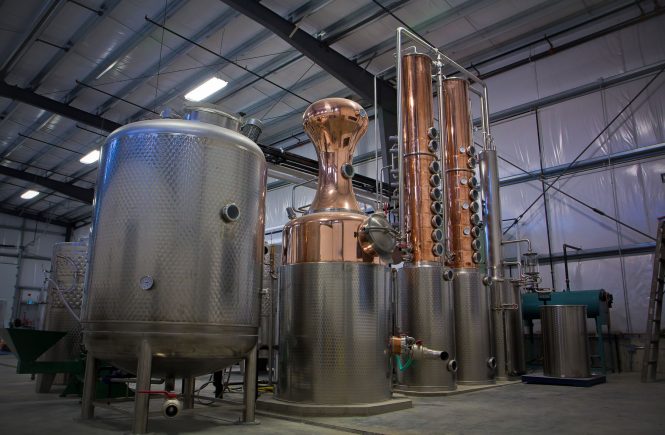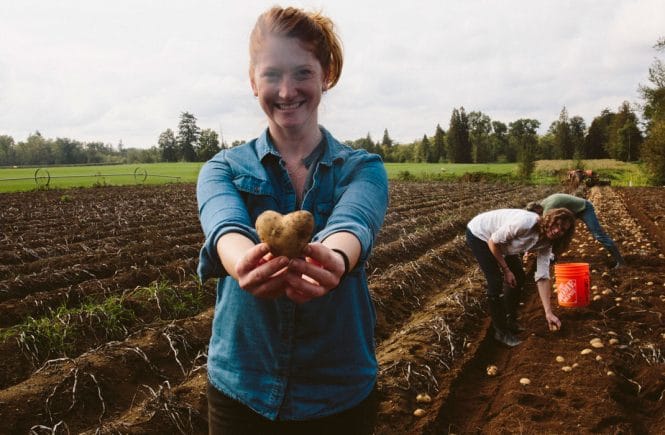You can order a rum and coke like a pro or a Boulevardier like a schmuck—the key to showing your cocktail props is all in the lingo
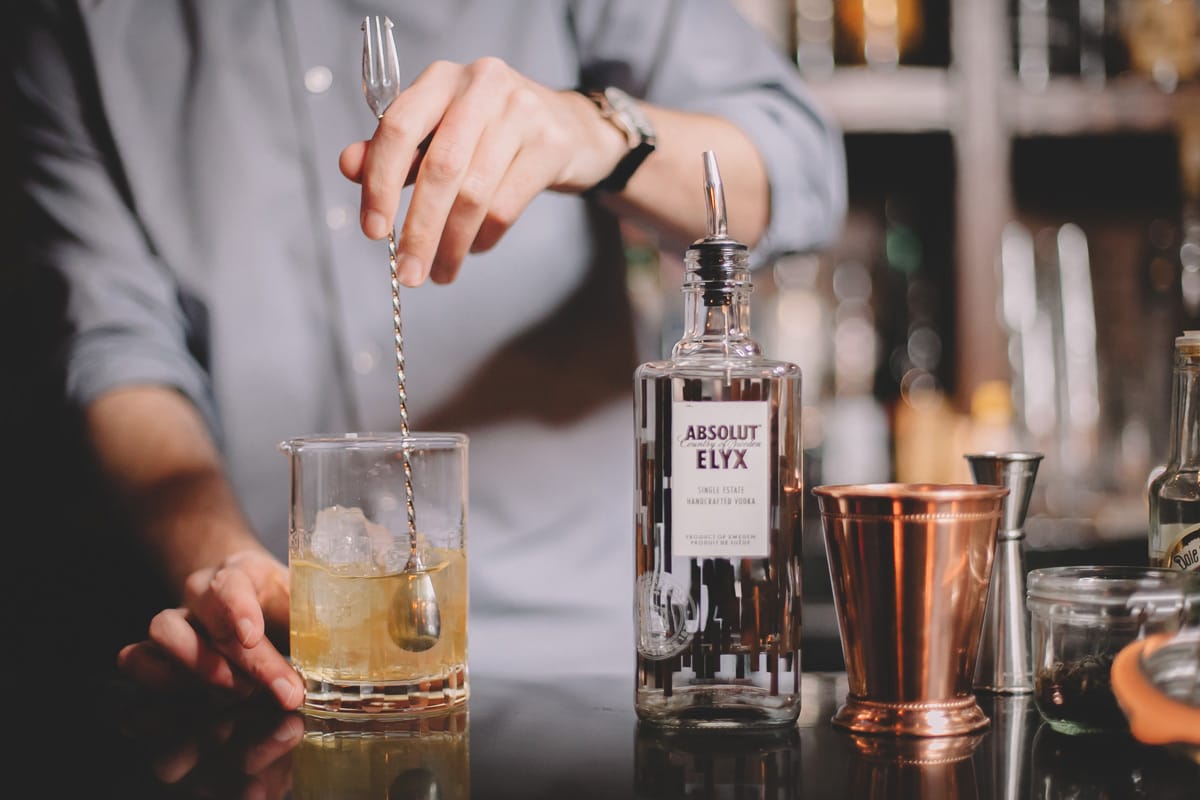
Amaro: A generic term for Italian herbal liqueurs, favoured by bartenders for complex cocktails. Famous examples include Averna, Cynar, and Fernet-Branca.
Apertif/Apertivo: The European term for a drink or cocktail traditionally taken before a meal to stimulate one’s appetite. The opposite of a digestif/digestivo. Classic examples include Campari, Aperol, Pastis and Vermouth.
Bitters: An alcoholic preparation made with aromatic herbs, roots and/or fruits. Originally created as medicines, they were adapted for use in cocktails and continue to be a key ingredient today. Common brands include Angostura, Peychaud’s and Regan’s.
Boston Shaker: A shaker that consists of two glass or steel cups that are placed one inside the other and requires a Hawthorne Strainer to be utilized before pouring the cocktail into the glass. The most common shaker with North American bartenders.
Brown Liquor: A generic term for whisky, Cognac or other spirits that have a dark hue, often as result of the aging process. In contrast to clear liquor such as vodka or gin.
Buy Back: A complimentary drink given by a bartender to a customer usually as a reward for loyalty, good tipping or just general good behaviour. Asking for one, however, automatically disentitles you.
Call Drink: When a customer specifies the brand of spirit to be used in their drink. Usually more expensive than one made from the house well.
Cask Strength: A whisky that has a high alcohol percentage that comes straight out of the cask and is not diluted with water. It’s typically in the range of 59-65 per cent. The similar term for high-alcohol gin is navy strength; for rum, it’s overproof.
Chaser: Generally a weaker drink taken immediately after downing a shot of hard liquor. Try a Boilermaker (whiskey with a beer chaser), or substitute rum for a Caribbean Boilermaker, vodka for a Russian, and tequila for a Mexican.
Cobbler Shaker: A three-piece shaker that includes a built-in strainer. The most common shaker with home bartenders, but rarely seen in reputable bars.
Coupe: A classic stemmed cocktail glass typified by its sloping curves. Was popular pre-Prohibition, was thereafter supplanted by the more common martini glass, but is making a comeback.
Crusta: An 18th century cocktail preparation that uses a sugared rim, lemon juice, lemon peel and sugar—and precursor to both the Margarita and the Sidecar. The Brandy Crusta is currently back in vogue.
Digestif/Digestivo: The European term for a drink or a cocktail taken after a meal to aid in the digestion of a meal. Classic examples include brandy, port, most liquers and the cult classic Fernet-Branca. The opposite of an apertif/apertivo.
Fernet-Branca: An amaro from Italy that’s intensely bitter; its singular herbal taste has made it either loved or hated. Order by asking for a “Fernet.”
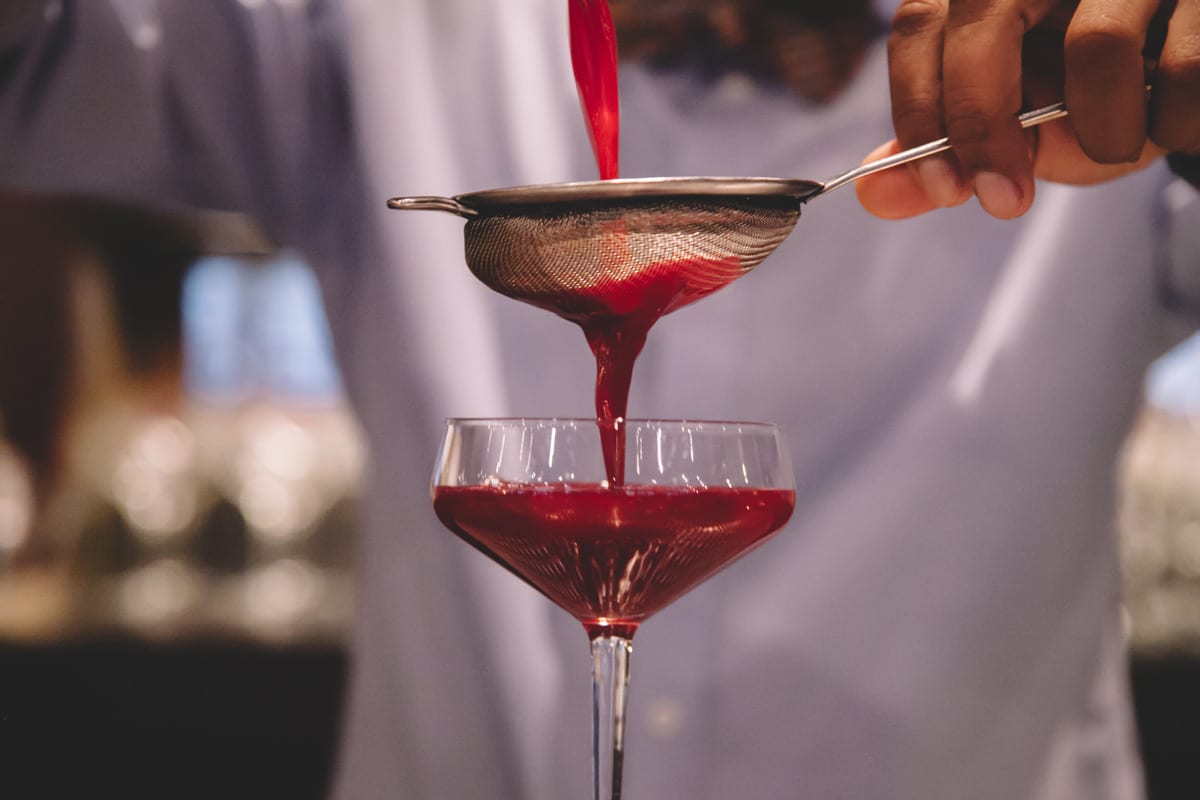
Fine Strain: A second strain of a cocktail through a fine sieve to remove all particles. Also known as the double strain. The mark of a meticulous bartender.
Free Pour: When a bartender pours a drink straight from the bottle without the use of a jigger or other measuring device. Loved by customers, hated by good bartenders (and bar owners) for its lack of precision.
French Shaker: A metal two-piece shaker where both parts fit tightly together, but still requires the use of a Hawthorthe Strainer before pouring. Also known as a Parisian shaker, it’s most popular in Europe.
Glencairn: A tulip-shaped glass used specifically for tasting/drinking single malt whisky.
Harry Craddock: Legendary barman who wrote the seminal Savoy Cocktail Book in 1930. The major reference manual for pre-Prohibition cocktails.
Hawthorne Strainer: A circular strainer used in conjunction with both the Boston and the French shakers.
Japanese Bar Spoon: A long elegant spoon used for stirring drinks, fetishized by bartenders. An example of Japanese obsession with quality in cocktail making.
Jigger: A measuring tool for drinks, typically 1.5 ounces. Also refers to the actual measurement of 1.5 ounces, as in, “I’ll have a jigger of rye.”
Muddle: To use a pestle-type object, often referred to as a muddler, to grind and mix ingredients in the bottom of a glass. Used in the creation of the Mojito and the Old Fashioned amongst others.
Neat: A spirit poured straight into a glass with no ice, usually used in reference to whisky. When a spirit is shaken or stirred before being poured into a glass with no ice it’s referred to as straight up (often shortened to simply “up”).
Orgeat: A sweet, almond-based syrup used in drinks such as the Mai Tai.
Pick me up: Sometimes called an “eye-opener”, these are drinks that perk you up when you have over imbibed, allowing for recovery (or further consumption).
“Professor” Jerry Thomas: Legendary 19th century bartender, revered by all drink makers. Author of A Bon Vivant’s Companion, the first serious cocktail book, published in 1862.
Shrub: A sweetened vinegar-based syrup once popular in colonial America and resurrected by bartenders, who prize the acidity it brings to modern cocktails.
Straw Tasting: The process of a bartender placing a clean straw in the drink, placing his/her finger over it and then removing the straw to hygienically taste to make sure the cocktail is perfect. A sign of exceptional quality control.
Twist: A strip of citrus fruit skin. A proper bartender will create a twist to order and then remove any pith to avoid bitterness. A wedge is a larger piece of fruit with both skin and interior; a wheel is a thin, cross-section of fruit.
Well: The basic brand of liquor served to a customer if they don’t request a specific spirit by name. “The bar was so good, they used Absolut in their well.”


